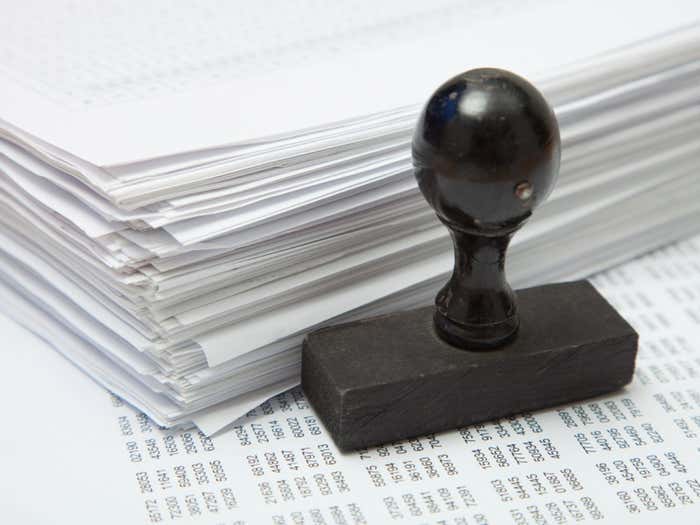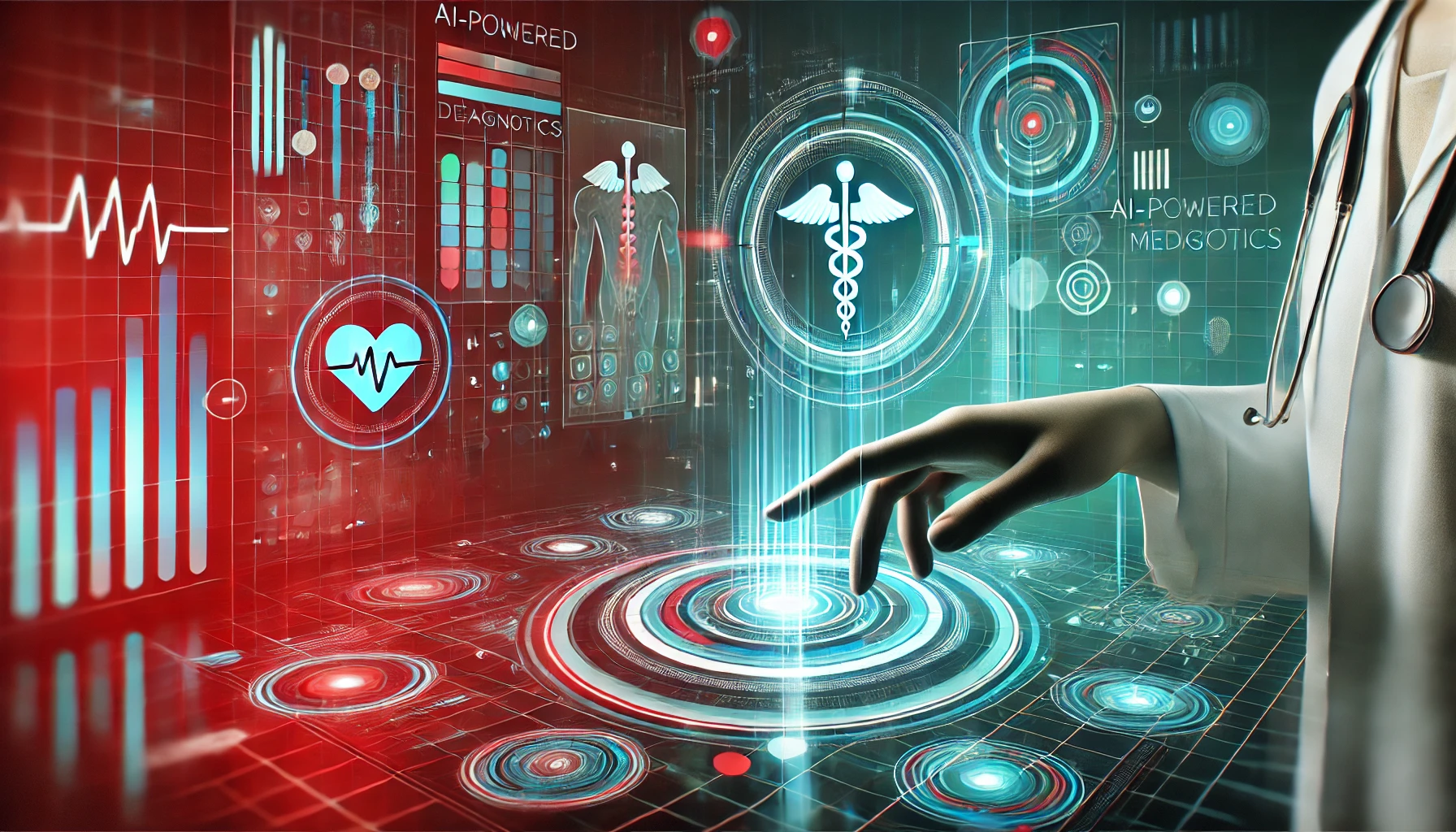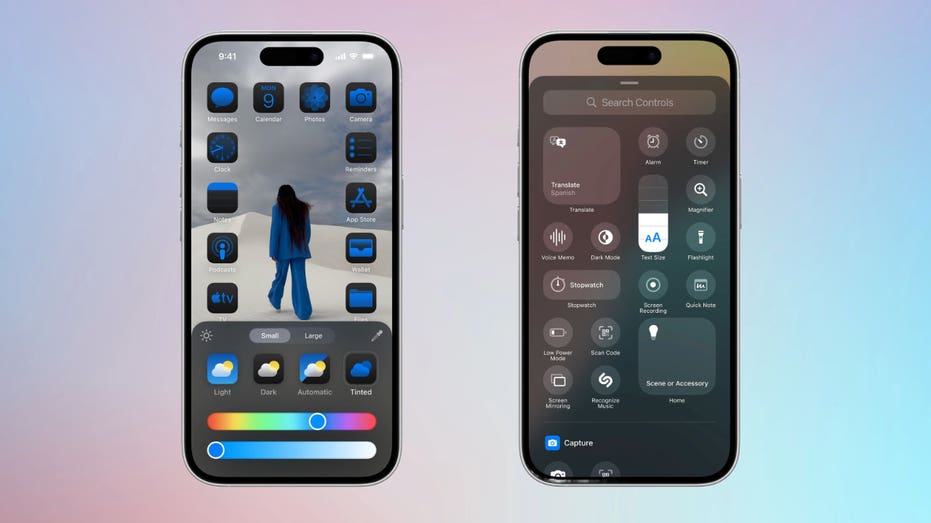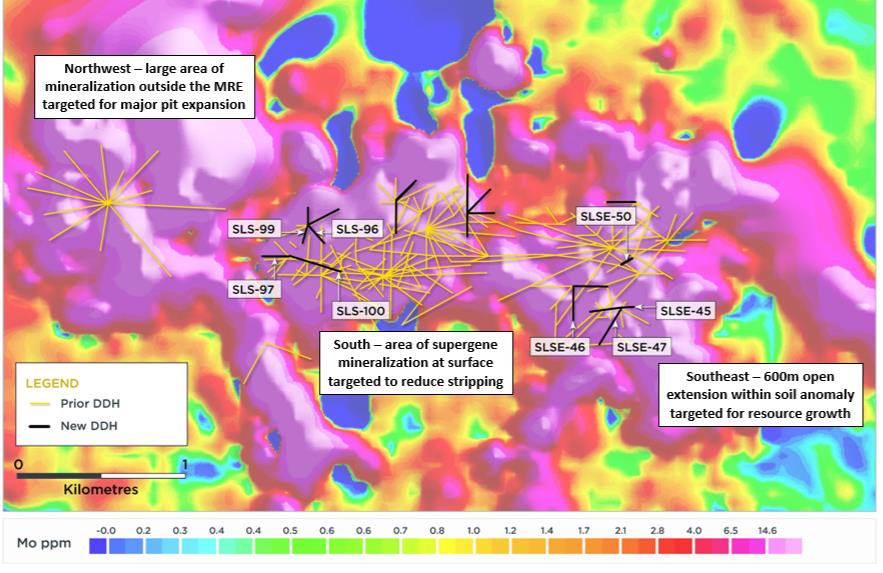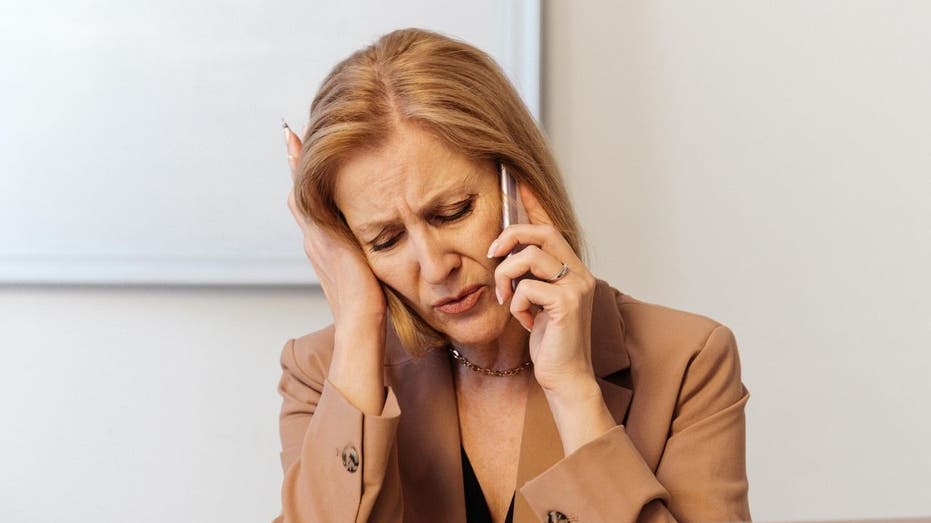Under lock and key – Private sales may not qualify as public disclosure
Recently, the Federal Circuit affirmed a PTAB decision finding that a private sale of a product did not constitute a public disclosure by the inventor of the product.[1] The Leahy-Smith America Invents Act provides exceptions for certain disclosures that would otherwise be considered prior art under 35 U.S.C. § 102.[2] Specifically, 35 U.S.C. § 102(a)(1) provides, in part, that a person is not entitled to a patent if the claimed invention was in public use, on sale, or otherwise available to the public before the effective filing date of the claimed invention. One such exception is the pre-filing grace period (safe harbor) provision of 35 U.S.C. § 102(b)(2)(B), which provides that disclosure in a patent or patent application shall not be prior art if the disclosed subject matter was, prior to the effective filing date of the patent or application, publicly disclosed by the inventor or a third party who derived the disclosure from the inventor. The Federal Circuit held that a private sale does not satisfy this requirement and could not be relied on to disqualify prior art, demonstrating the narrowness of this pre-filing grace period provision.
PTAB
Kaijet Technology International Limited, Inc. filed a petition for inter partes review of U.S. Patent No. 10,572,429 (“the ’429 patent”), challenging claims of the ’429 patent as obvious over various combinations of prior art, including U.S. Patent Application Publication No. 2018/0165053 (“Kuo”).[3] Both the ’429 patent and Kuo concern ports and docking stations for connecting an end-user device (e.g., a laptop) to a peripheral device (e.g., a printer).
Sanho argued that a private sale of a product embodying the claimed invention from the inventor to Sanho constituted a public disclosure prior to Kuo’s effective filing date, thus disqualifying Kuo as prior art under section 102(b)(2)(B).[4] After Sanho received a prototype of the product from the inventor’s company, Sanho placed an order for the product.[5] The PTAB held that the sale did not amount to a public disclosure because there was no showing that the sale was publicized in any way or that the order was fulfilled. As a result, Kuo was eligible as prior art, and the PTAB determined that the challenged claims were unpatentable.[6]
Federal Circuit
On appeal, the sole issue was whether a non-confidential but otherwise private sale resulted in the subject matter of an invention being “publicly disclosed” for purposes of section 102(b)(2)(B).[7]
Sanho contended that the plain meaning of the phrase “publicly disclosed” in section 102(b)(2)(B) should be construed to include all disclosures described in section 102(a)(1), including situations in which the invention was “on sale.”[8]Helsinn referred to a situation where a private commercial sale constituted a disclosure under section 102(a)(1), and the “on sale” bar in section 102(a)(1) serves a different purpose than the “publicly disclosed” requirement in section 102(b)(2)(B).[9]
Sanho also argued that prior legislative treatment concluded that a “public use” was synonymous with a “public disclosure” as long as the recipient of a product incorporating the invention is not subject to any secrecy obligations. However, the Federal Circuit again disagreed, emphasizing the fundamentally different purposes of sections 102(a) and 102(b) with the respective phrases “public use” and “publicly disclosed.”[10]
Sanho further contended that the meaning of the phrase “publicly disclosed” in section 102(b)(2)(B) was identical to the meaning of the terms “disclosed” and “disclosure” used elsewhere in section 102.[11] Again, the Federal Circuit disagreed and emphasized that the congressional intent of using two different phrases—“disclosed” and “publicly disclosed”—suggests that the phrases have different meanings.[12] Moreover, the Federal Circuit noted that Sanho’s isolation of the phrase “publicly disclosed” violated “the cardinal rule that a statute is to be read as a whole.”[13]
In concluding that the PTAB unequivocally did not err in finding Kuo to qualify as prior art, the Federal Circuit explained that the private sale did not “publicly disclose” the subject matter of the invention because (1) the sale was between two parties made via the private messaging service WeChat, (2) there was no teaching that the features of the invention were disclosed to others beyond Sanho, and (3) there was no testimony regarding whether the order was fulfilled or if the products were ever manufactured.[14]
Takeaways
Private but non-confidential sales of a product allegedly embodying an invention do not necessarily amount to a public disclosure to constitute an exception under section 102(b)(2)(B). Interestingly, several key questions were not at issue on appeal and thus were not considered by the court: (1) whether the inventor’s disclosure needs to be fully enabling to qualify for this exception, (2) what evidence is sufficient to demonstrate that a sale publicly disclosed the invention’s relevant subject matter under this provision, and (3) whether to apply the prevailing standard for when a printed publication is sufficiently publicly accessible to qualify as prior art. We expect additional case law to address these questions.
[1] See Sanho Corp. v. Kaijet Technology International Limited, Inc., No. 2023-1336 (Fed. Cir. July 31, 2024) (“Fed. Cir. Decision”).
[2] Specifically, 35 U.S.C. § 102 precludes patentability of a claimed invention that has been “available to the public” (e.g., patented, described in a printed publication, in public use, or on sale) before the effective filing date of the claimed invention.
[3] See Kaijet Technology International Limited, Inc. v. Sanho Corporation, IPR2021-00886, at *1 and *5–6 (P.T.A.B. Oct. 25, 2022).
[4] See id.
[5] See id. at *3–4.
[6] See id. at *4.
[7] See Fed. Cir. Decision
[8] See id. at *8, relying on Helsinn Healthcare S.A. v. Teva Pharmaceuticals USA, Inc., 586
[9] See id. at *12.
[10] See id. See also Egbert v. Lippmann,
[11] See id. at *5.
[12] See id. at *8–9.
[13] See id. at *10 (quoting King v. St. Vincent’s Hosp., 502 U.S. 215, 221 (1991)).
[14] See id. at *14–15.
TopicsAgtechAI + RoboticsAnnouncementsAntitrustAsiaBioinformaticsBiotechBlockchainCell + Gene TherapyCFIUSCorporate + Venture CapitalCOVID-19Data AnalyticsDigital HealthEmploymentEuropean UnionFDAFinancingGlobalHealthcareIntellectual PropertyLicensing + CommercialLitigationMedical Devices + DiagnosticsPharmaPrivacy + Data SecurityProduct Liability + Class ActionRare DiseaseRegulatoryStartupUnited KingdomUnited States
